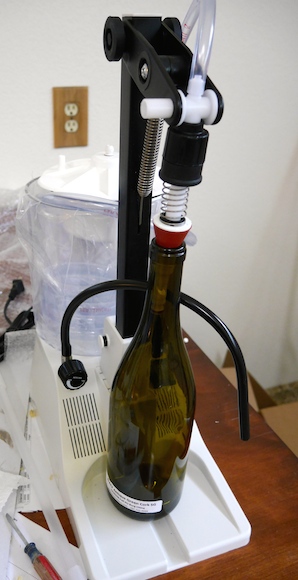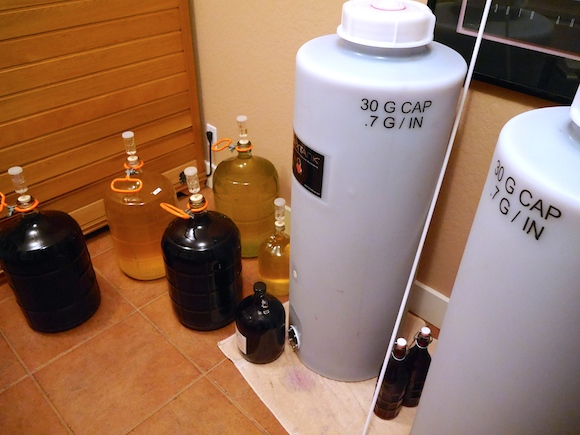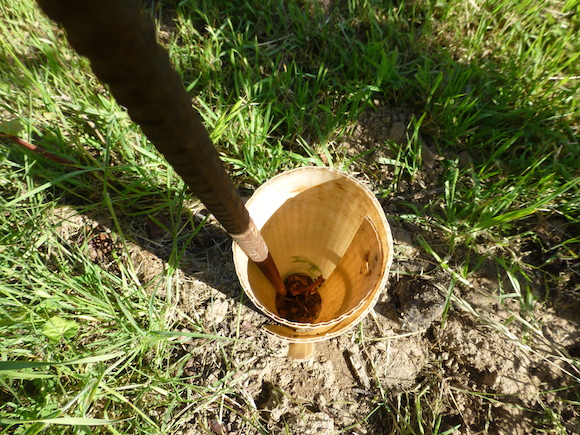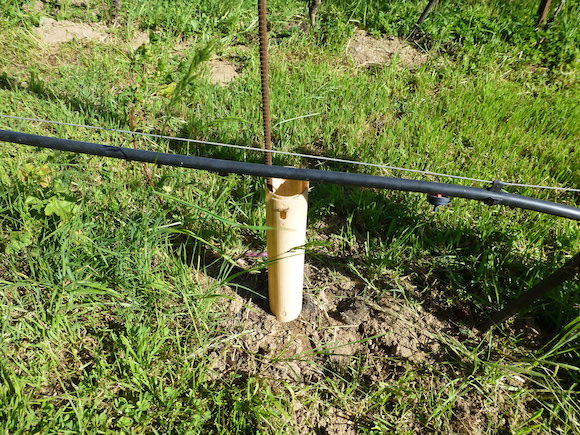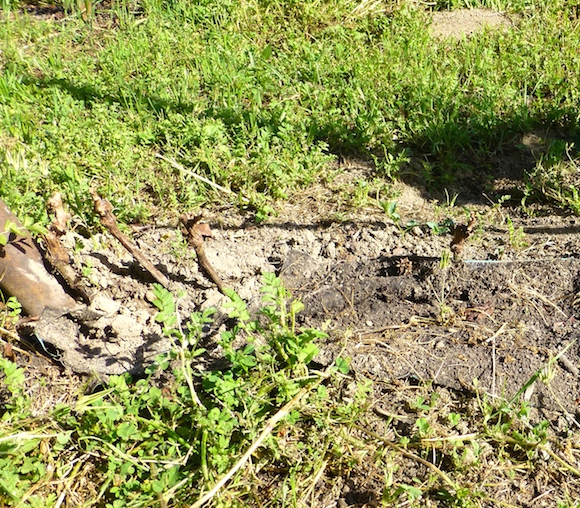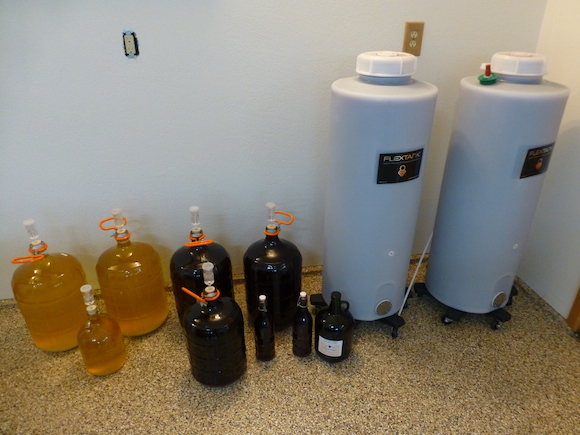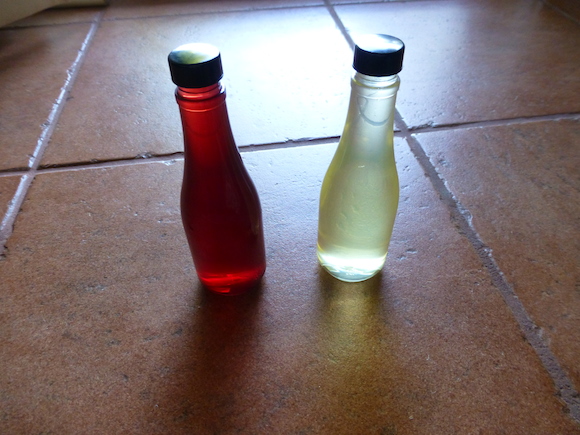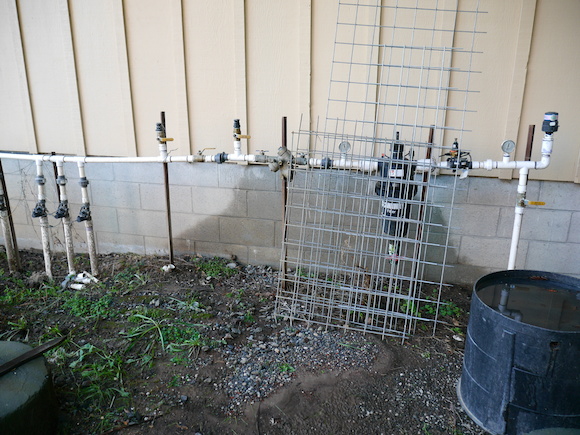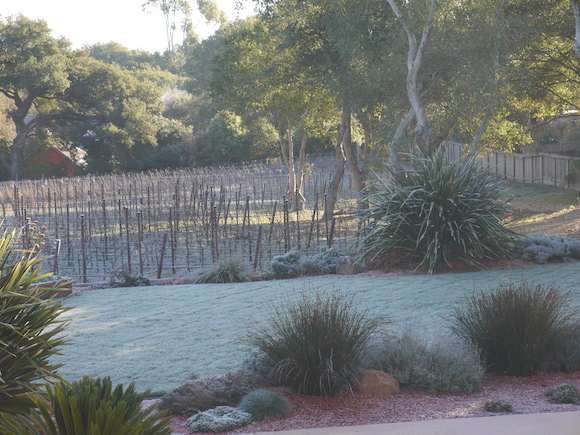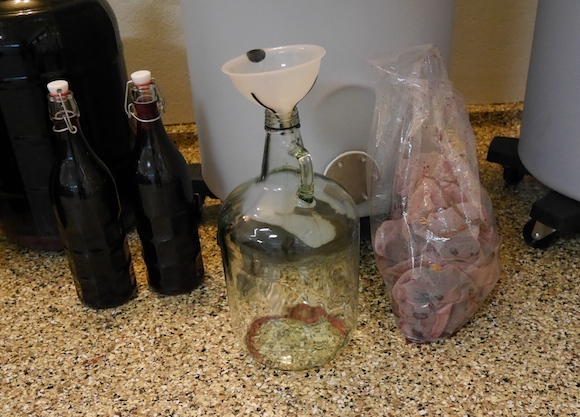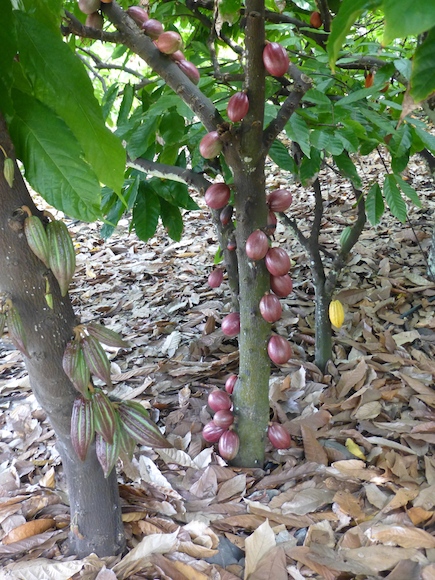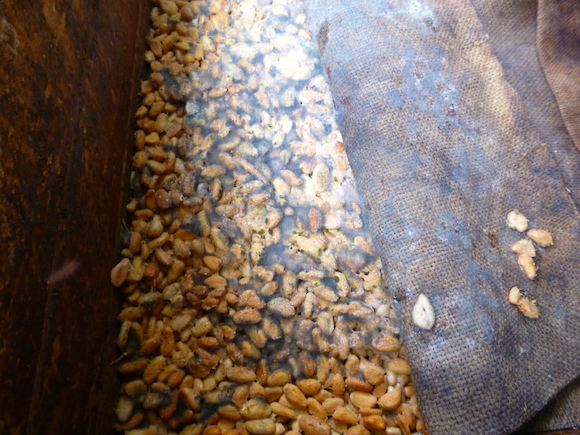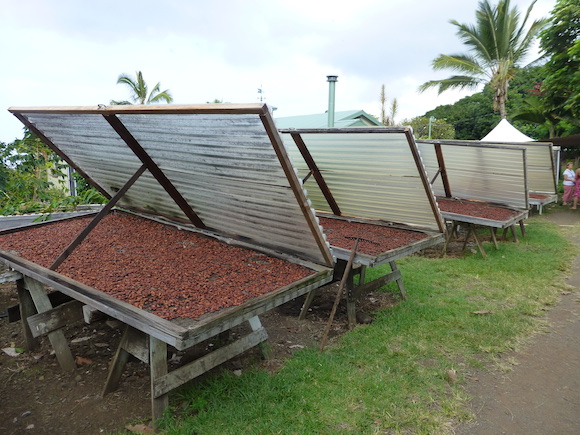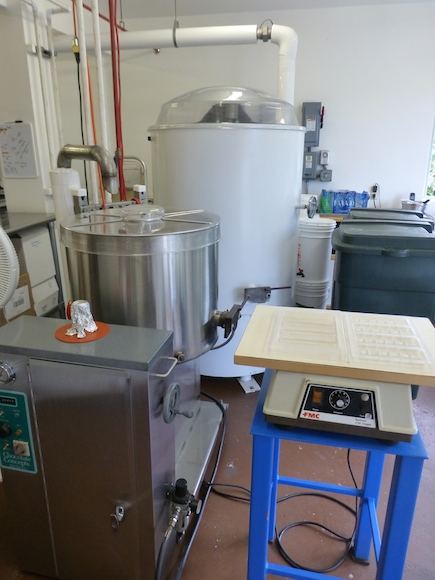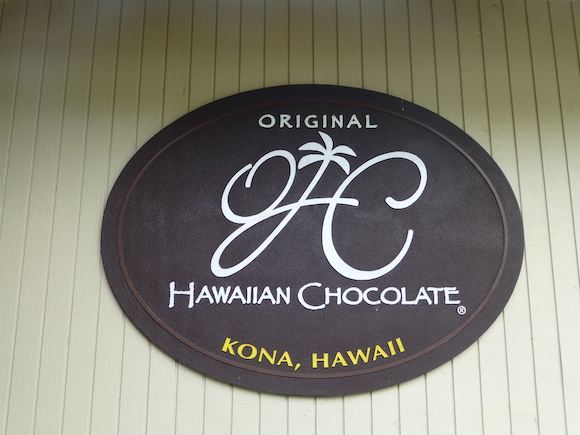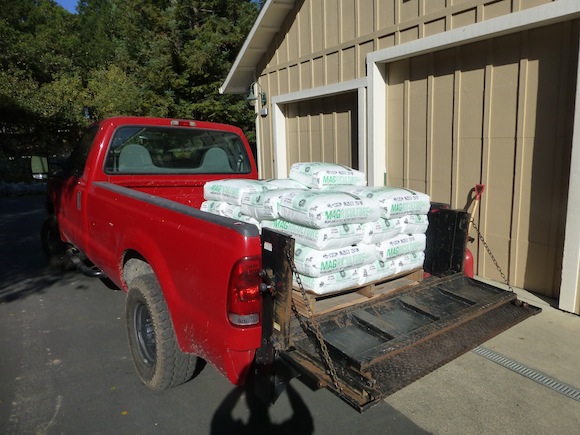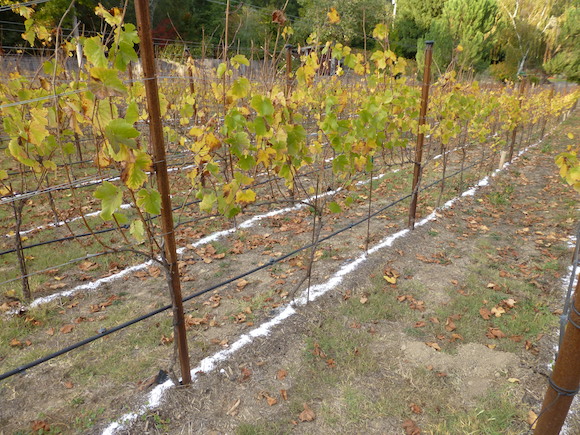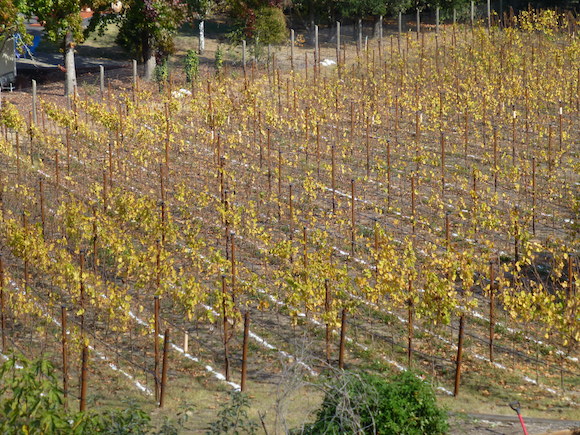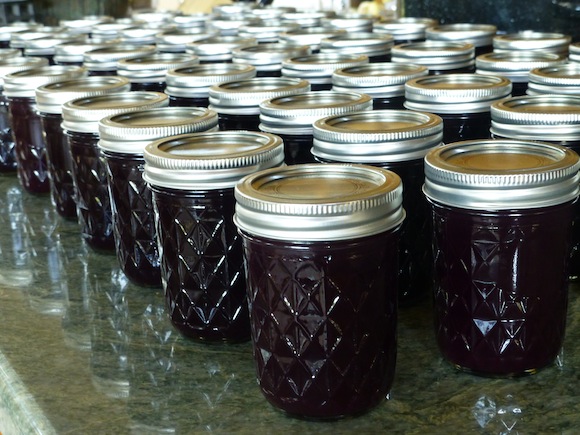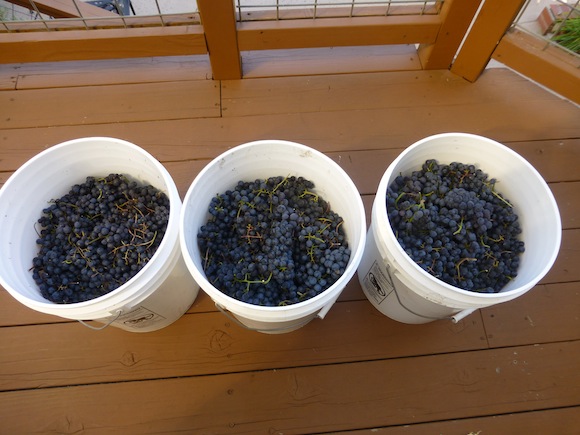I just finished a wine class from Vinquiry that focused on bottling and the keys to good wine preservation. It was stressed over and over that oxygen is great for humans to breath, but for wine after fermentation is complete, you have to limit the oxygen.
What does that me to a small winery. After primary and malolactic fermentation is complete and you have racked your wine, give it a good dose of sulfur to stop any further fermentation, say 75-100ppm, depending on the pH of the wine. Then resist the temptation to taste every week. If you are using a flex tank, you can let it sit for several months since you won’t have any evaporation. Sulfur as necessary and when you deem the wine is ready, rack one last time. If you process >50 cases I would recommend a small vacuum filler like the Enolmatic. It pulls a vacuum in the bottle and fills wine from your tank to the bottle. Again…very little oxygen. Then cork right away with a good quality cork.
They claim that the Enolmatic will fill a bottle every 10 seconds. When we did the Sauvignon Blanc we added a 1u filter. This slowed the process down but resulted in a very clean/clear wine. When we do the Pinot in the fall, we will not use a filter to preserve the flavors in the wine. The one draw back we have seen so far is that the level in the bottle was a little hard to control. I’m guessing it was due to our inexperience and the filter…hopefully we will improve when we bottle in September.
Oh…it runs about $400, so with the corker, labeler and renting or borrowing a spinner you will spend about $1000 getting you wine from a tank to a bottle.
